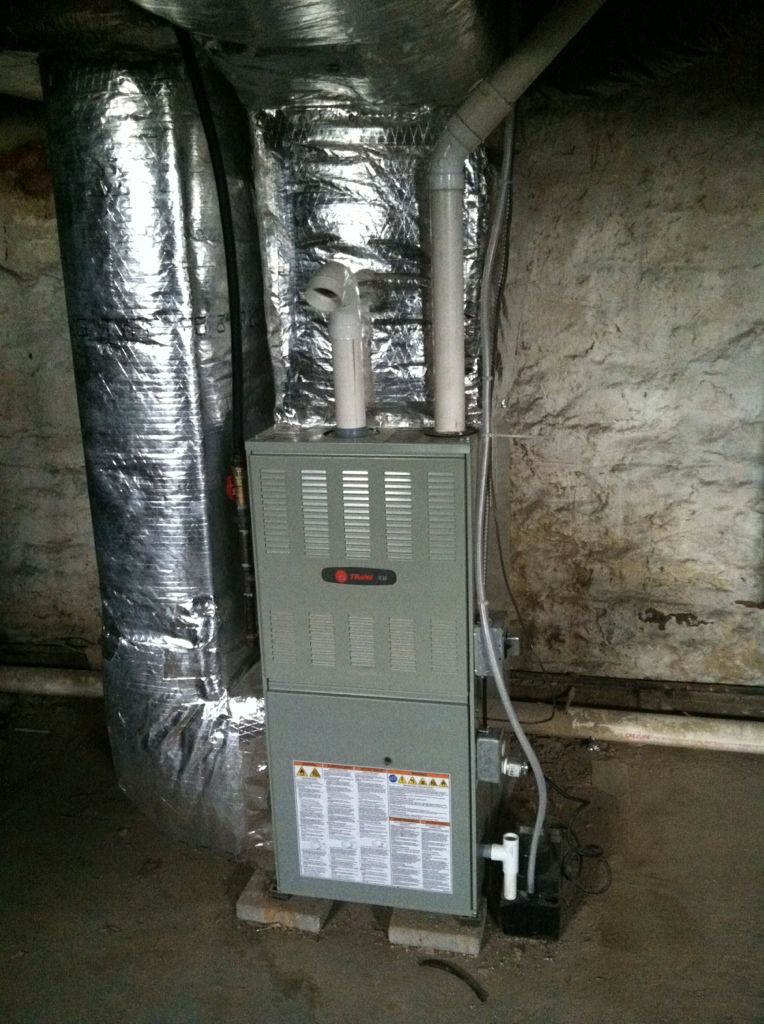jar546
CBO
From what I understand, the manufacturer's do not consider this a HE furnace anymore.


Your premier resource for building code knowledge.
This forum remains free to the public thanks to the generous support of our Sawhorse Members and Corporate Sponsors. Their contributions help keep this community thriving and accessible.
Want enhanced access to expert discussions and exclusive features? Learn more about the benefits here.
Ready to upgrade? Log in and upgrade now.

Still listed and labeled as high efficiency installed as a single pipe or dual.jar546 said:From what I understand, the manufacturer's do not consider this a HE furnace anymore.
Don't see that. What year? Certainly not 2008Gregg Harris said:Also look at NEC 422-12 Central heating equipment under exception #1 if the receptacle is part of the individual branch circuit does not require it to be GFI
Nor 2005, 2008, 2011 NECGregg Harris said:Also look at NEC 422-12 Central heating equipment under exception #1 if the receptacle is part of the individual branch circuit does not require it to be GFI
I went back to 48. Not kiddingDoorman said:Well, how about ’49, ’50, ’51, ’52, ’53, ’54, ’55, ’56, ’57, ’58′ 59′? Or maybe ’60, ’61, ’62, ’63, ’64, '65, '66, ’67, ’68, ’69, ’70 ...With apologies to Johnny Cash.
was that a JC's reference for "one code at a time?"Doorman said:Well, how about ’49, ’50, ’51, ’52, ’53, ’54, ’55, ’56, ’57, ’58′ 59′? Or maybe ’60, ’61, ’62, ’63, ’64, '65, '66, ’67, ’68, ’69, ’70 ...With apologies to Johnny Cash.
One of my all time JC favorites...thx north star!north star said:= = =Papio,
Here's a link to Johnny's song... "One Piece At A Time" song
[ the consecutive, muti-year variety ]
http://www.opel-p1.nl/onepieceatatime/index.htm
= = =
Some but not all.Paul Sweet said:The high efficiency furnaces I'm familiar with require both pipes to terminate outside and within a foot or two of each other. This is so wind gusts don't create unequal pressures that might trip a safety switch and shut the furnace down.
